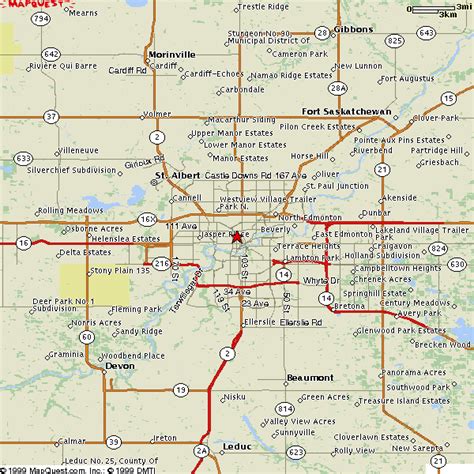Location: Edmonton 🌎
Location: Edmonton, Canada
Administration Region: Alberta
Population: 1062643
ISO2 Code: Alberta
ISO3 Code: CAN
Location Type: First-level Admin Capital
Latitude: 53.5344
Longitude: -113.4903
Edmonton ( ED-mən-tən) is the capital city of the Canadian province of Alberta. Edmonton is situated on the North Saskatchewan River and is the centre of the Edmonton Metropolitan Region, which is surrounded by Alberta’s central region. The city anchors the northern end of what Statistics Canada defines as the “Calgary–Edmonton Corridor,” a region spanning between Edmonton and the city of Calgary, which includes the many smaller municipalities between the two.As of 2021, Edmonton had a city population of 1,010,899 and a metropolitan population of 1,418,118, making it the fifth-largest city and sixth-largest metropolitan area (CMA) in Canada. Edmonton is the northernmost city and metropolitan area in North America to have a population of over one million. A resident of Edmonton is known as an Edmontonian.Edmonton was first inhabited by several First Nations peoples, namely of Algonquian, Athabaskan and Siouan origin. These peoples and their ancestors inhabited the area of the modern city to varying amounts beginning at the close of the last glacial period, perhaps as early as 12,000 BC. The city was also a historic site for the Métis, who held many narrow lots along the North Saskatchewan which gave access to many resources in the area. By 1882, these lots numbered about 44, which was their peak, as they would soon be displaced and integrated by the expansion of the city of Edmonton. Anthony Henday may have been the first European to enter the area of modern-day Edmonton, whilst exploring the prairies of Rupert’s Land for the Hudson’s Bay Company in the autumn of 1754. By 1795, many trading posts had been established around the present metropolitan area, and by 1801 they had all moved to the current site of the city of Edmonton. “Fort Edmonton,” as it was known, became the main centre for trade in the area after the 1821 merger of the HBC and the NWC. Edmonton remained sparse until the Canadian acquisition of Rupert’s Land in 1870, followed eventually by the arrival of the Canadian Pacific Railway in 1891, its inauguration as a city in 1904 and its designation as the capital of the new province of Alberta in 1906. Edmonton’s historic growth as a city has been facilitated through the absorption of five adjacent urban municipalities (Strathcona, North Edmonton, West Edmonton, Beverly and Jasper Place) in addition to a series of annexations through 1982, and the annexation of 8,260 ha (82.6 km2; 31.9 sq mi) of land from Leduc County and the City of Beaumont on January 1, 2019. Known as the “Gateway to the North”, the city is now a staging point for large-scale oil sands projects occurring in northern Alberta and large-scale diamond mining operations in the Northwest Territories.Edmonton is a cultural, governmental and educational centre. It hosts a year-round slate of festivals, reflected in the nickname “Canada’s Festival City”. It is home to Canada’s largest mall, West Edmonton Mall (the world’s largest mall from 1981 until 2004); and Fort Edmonton Park, Canada’s largest living history museum.

Top Edmonton HD Maps, Free Download 🗺️
Map
Maps
United States
United States
World Map
China
China









